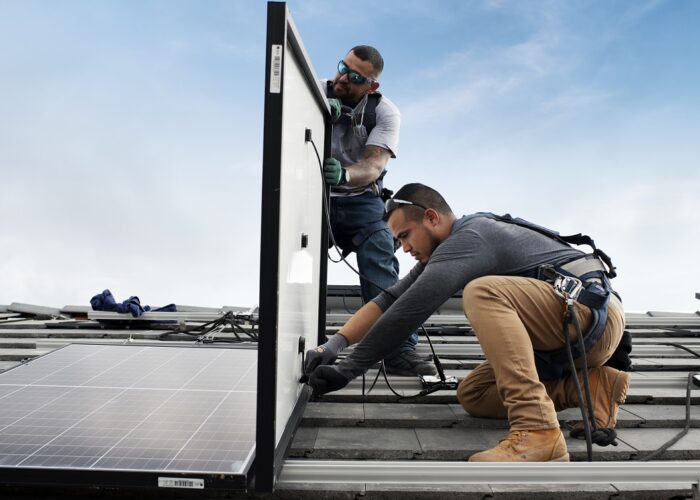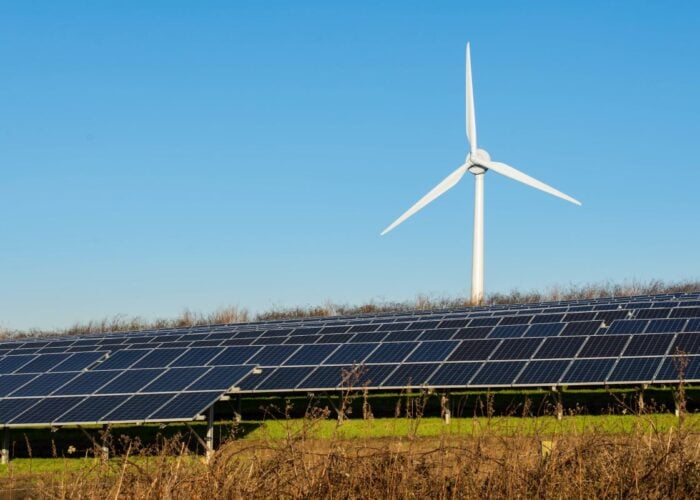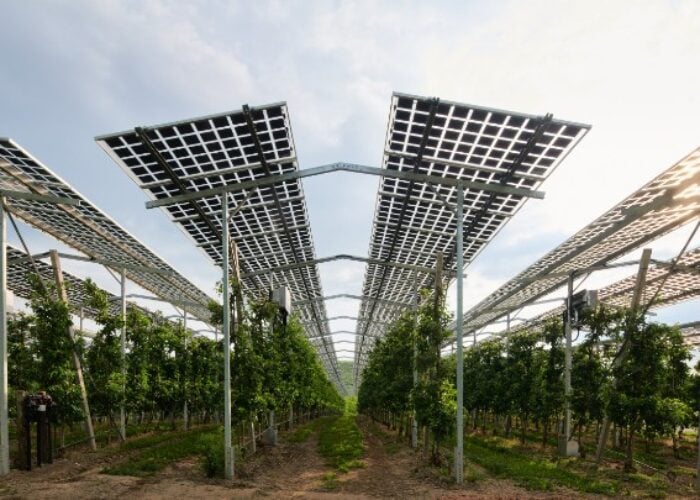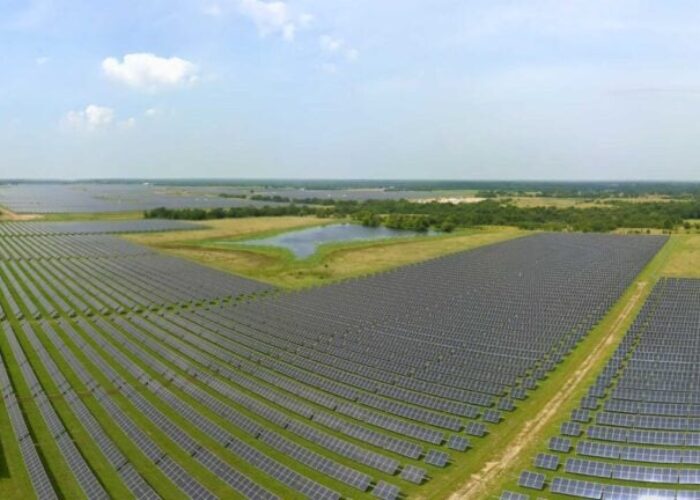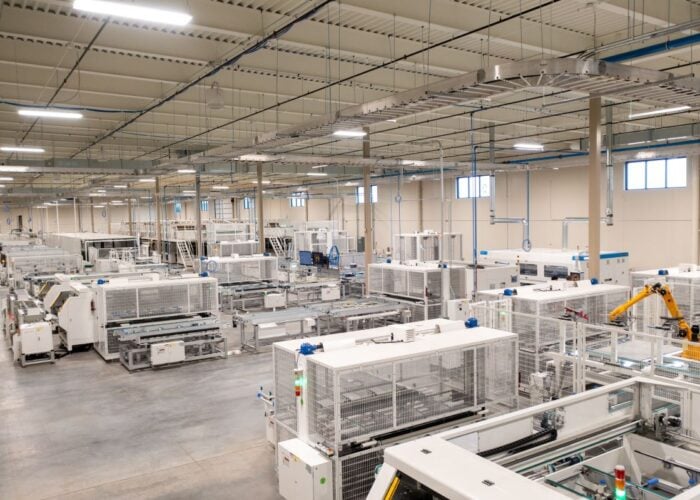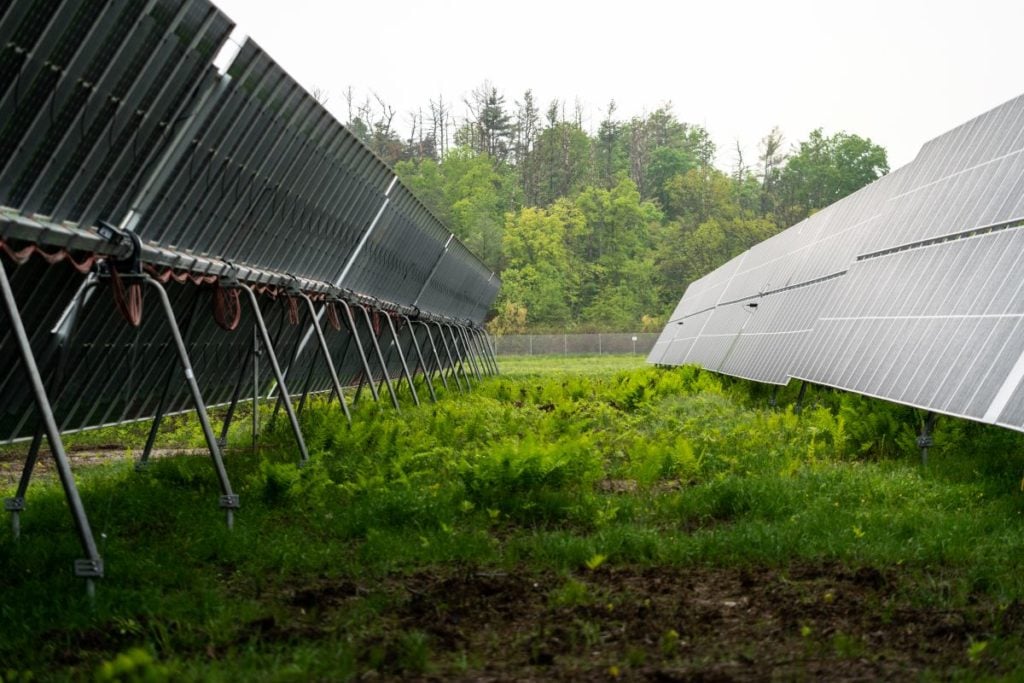
While community solar is clearly not as big as utility-scale, its importance is continuously increasing in the US, especially since the passage of the Inflation Reduction Act (IRA).
Last week the Department of Energy announced a US$10 million financing programme for community solar projects, while earlier in the year the Department of Treasury released guidance on two IRA programmes aimed at low-income and coal communities.
Unlock unlimited access for 12 whole months of distinctive global analysis
Photovoltaics International is now included.
- Regular insight and analysis of the industry’s biggest developments
- In-depth interviews with the industry’s leading figures
- Unlimited digital access to the PV Tech Power journal catalogue
- Unlimited digital access to the Photovoltaics International journal catalogue
- Access to more than 1,000 technical papers
- Discounts on Solar Media’s portfolio of events, in-person and virtual
One of the biggest advantages of community solar is the ability to give access to households who are not able to put rooftop solar but still look to have renewable energy.
“Typically a community solar project is somewhere between 2-7.5MW in scale. It obviously opens up additional opportunities in terms of being able to site these projects closer to load and to residents and businesses that actually depend on that energy,” says Tom Brown, co-founder and COO at community solar developer Lightstar Renewables.
There are currently 20 states with some form of community solar legislation, and Lightstar Renewables is currently present in 12 of these states, with a pipeline of community solar projects totalling cumulative capacity of nearly 1GW, says Brown.
Community solar assets are much better understood in the financing community
With more states adding legislation for community solar, as well as the IRA at a federal level to support its growth, the recent collapse of Silicon Valley Bank last March – which was responsible for 62% of the US community solar market’s financing – will not be a major issue for community solar to get access to financing, according to Brown who does not see “an overly negative picture over the coming years”.
“In terms of how it’s going to impact the community solar asset class specifically, you will see a number of banks and a number of other capital providers step or be able to step into this asset class and sort of make up that vacuum to the extent that it exists,” adds Brown.
Community solar assets are much more mature nowadays than five years ago and are also much better understood by the financing community, according to Brown. Interest in community solar will continue to increase and the impact of the IRA is expected to double the installed capacity in this market in the next five years, according to a study from Wood Mackenzie and trade body the Coalition for Community Solar Access (CCSA).
“There’s a lot of good things happening both at the state level, from legislation coming along, and at the federal level as well with the Inflation Reduction Act.”
However, one of the major tailwinds developers of community solar projects face is related to a lack of interconnection. “It’s often very challenging to find pockets of capacity, where you’re able to connect your projects at a feasible dollar figure,” says Brown.
This can be amplified in more mature markets such as New York, where competition is higher and it also becomes more challenging to find sites to develop new projects, says Brown, adding: “We definitely go through permitting challenges as well, which can mean siting these projects difficult.”
New York: the prodigy of community solar
New York is currently the leading state in the US in terms of community solar, with nearly half of the total installed capacity (5.2GW) deployed in the country as of the end of last year.
“New York’s made it very clear that it’s been a focus for them that they want to see these types of projects. They designed a programme that ultimately incentivises the development of those projects, whether it’s the structure of the programme and sort of the financial component of it has meant that folks are willing to go and spend those dollars developing projects.”
With so many community solar projects being developed in that state and to a bigger extent in the northeastern markets, what has been done there is a good measure for other states to try and reciprocate in order to attract developers and financing into community solar.
One such market that has gone through either implementing a legislation or a regulatory process to design and implement a programme is New Mexico, which earlier this year launched a request for proposals that received more than 400 applications with a cumulative capacity of 1.7GW of solar PV, more than ten times the 200MW statewide cap allocated.
Other early stages markets such as Pennsylvania, Ohio or Wisconsin are also going through a similar process, says Brown.
“What states can do is look to other markets that have been successful. Whether that’s Massachusetts or New York and try and take some sort of some lessons learned from those markets and figure out ‘what did those markets do?’”
With agrivoltaics (agriPV) gaining more and more traction across the globe, its application in rural areas in the US for community solar could increase in the coming years, says Brown. It is a market that Lightstar Renewables is “very active” in and the company is conducting conversations with farmers. The dual use of the land for farmers in terms of agriPV would also allow them to increase their income without the need to sell the land.
Brown expects agriPV projects to increase in the community solar market, adding it is a win-win situation for both parties. “I definitely think that’s going to continue to grow and be a bigger part of both what we do and what other developers do as well,” adds Brown. It is a segment in which Lightstar Renewables has several projects under development at the moment.
“You’ll see agrivoltaics become sort of a component of those [state] programmes as well. Whether they’re incentivised more than other projects or not is to be determined. But you’ll at least see capacity and megawatts allocated to more and more agrivoltaics projects over the next three to five years.”

